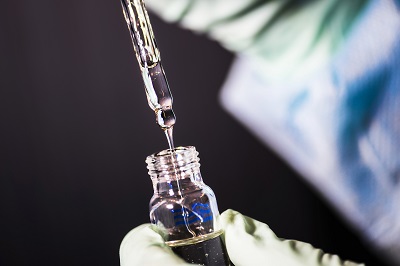Standards and process for periodic updates of Class II medical device FDA certification.
Release time:2024-08-06 11:15:06
The author:
source:
For Class II medical devices, periodic updates to FDA certification are essential to maintain compliance with evolving regulatory requirements and to ensure ongoing device safety and effectiveness.
For Class II medical devices, periodic updates to FDA certification are essential to maintain compliance with evolving regulatory requirements and to ensure ongoing device safety and effectiveness. Here are the key standards and the process for managing periodic updates:
Standards and Requirements:
Quality System Regulation (QSR):
- Standard: 21 CFR Part 820.
- Requirement: Continuously comply with QSR to ensure that manufacturing processes, quality control, and post-market surveillance activities meet FDA standards.
- Updates: Implement changes to quality systems as needed based on internal audits, corrective actions, and updates to FDA regulations.
Labeling and Advertising:
- Standard: 21 CFR Part 801 (Labeling) and 21 CFR Part 807 (Advertising).
- Requirement: Ensure that device labeling and advertising materials remain accurate, up-to-date, and compliant with FDA regulations.
- Updates: Periodically review and update labeling to reflect changes in indications for use, warnings, precautions, and instructions for use. Ensure advertising materials do not misrepresent device capabilities or safety.
Post-Market Surveillance:
- Requirement: Maintain a robust post-market surveillance system to monitor device performance, collect data on adverse events, and detect potential safety issues.
- Updates: Regularly review post-market data, including complaints, adverse event reports, and feedback from healthcare providers and patients. Implement corrective actions or device modifications as necessary based on surveillance findings.
Medical Device Reporting (MDR):
- Standard: 21 CFR Part 803.
- Requirement: Report adverse events, device malfunctions, and serious injuries related to the device to the FDA within specified timeframes.
- Updates: Review and update MDR procedures as needed to ensure timely reporting and compliance with FDA requirements. Maintain records of MDR events and investigations.
Unique Device Identification (UDI):
- Standard: 21 CFR Part 830.
- Requirement: Ensure that the device is properly identified with a Unique Device Identifier (UDI) and that UDI labeling remains accurate and compliant.
- Updates: Update UDI information in the FDA's Global Unique Device Identification Database (GUDID) as needed, particularly if there are changes to device specifications or labeling.
Changes and Modifications:
- Standard: 21 CFR 807.81.
- Requirement: Submit a new 510(k) or premarket approval (PMA) supplement for significant changes to the device that could affect safety or effectiveness.
- Updates: Evaluate changes to the device design, materials, manufacturing process, or intended use. Determine if these changes require submission to the FDA for review and clearance.
Process for Periodic Updates:
Internal Assessment and Documentation:
- Conduct periodic reviews of device performance, quality data, and post-market surveillance findings.
- Document changes or updates to device specifications, labeling, manufacturing processes, or quality systems.
Regulatory Guidance Review:
- Stay informed about FDA guidance documents, updates, and regulations applicable to your device type.
- Evaluate how regulatory changes may impact device compliance and update internal procedures accordingly.
Submission of Updates to FDA:
- Determine if updates require submission to the FDA for review and clearance.
- Prepare and submit necessary documentation, such as 510(k) supplements or other regulatory submissions, to the FDA.
FDA Review and Clearance:
- Await FDA review and clearance of submitted updates or modifications.
- Implement approved changes once clearance is obtained and update device labeling, advertising, and other relevant documentation as necessary.
Communication and Training:
- Communicate updated information internally within your organization, including changes in procedures, labeling, or manufacturing processes.
- Provide training to relevant personnel on updated procedures and requirements to ensure compliance.

Contact Us:
Whatsapp or Wechat:+86 15816864648;email address:hito.lin@grzan.cn
.png)
.jpg)
.png)

.png)